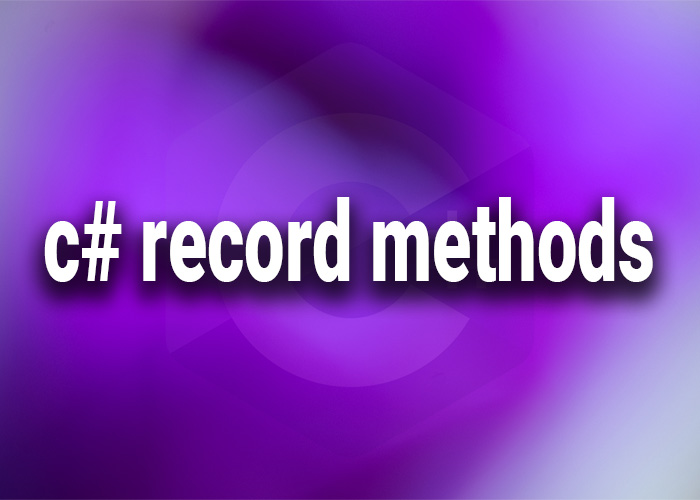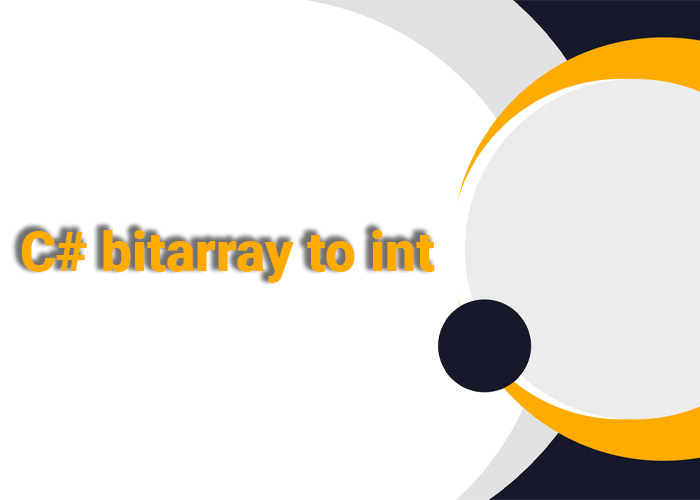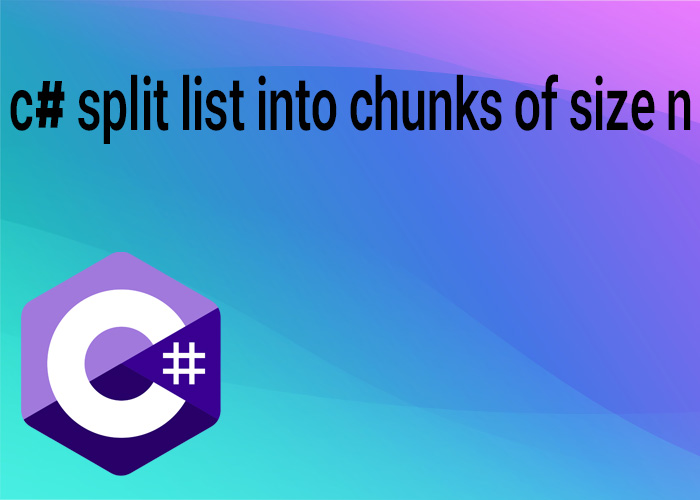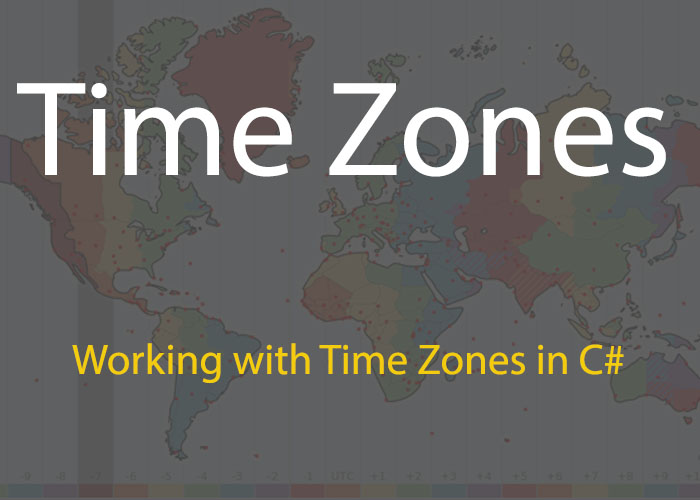Understanding the Pop Operation in C# Queue
In programming terminology, especially when discussing stacks, the term "pop" usually refers to the operation of removing an item from the top of the stack. In contrast, in the context of queues, which follow a First-In-First-Out (FIFO) order, the equivalent operation is often referred to as "dequeue". However, for the purpose of this article and based on the specific request, we will discuss the concept of "pop" in the context of a C# queue, understanding it as the Dequeue() method in the Queue<T> class provided by the System.Collections.Generic namespace.
Concept of Pop in Queue
While traditionally queues do not use a "pop" operation (that term is reserved for stacks), it can be thought of as removing the first item added to the queue, which aligns with the Dequeue() operation in C#. This operation removes and returns the object at the beginning of the Queue<T>, adhering to the FIFO principle.
Queue<T> and the Dequeue Method
Queue<T> is a generic collection that manages objects in a FIFO manner. The Dequeue method is a critical part of this collection, allowing for the removal of the oldest element added to the queue.
Syntax of Dequeue
public T Dequeue()
- Returns: The object removed from the start of the queue.
- Exception: Throws an InvalidOperationException if the queue is empty.
Example of Using Dequeue (Pop)
Here is a simple example that demonstrates the use of the Dequeue() method in a Queue<T>:
using System;
using System.Collections.Generic;
public class Program
{
public static void Main()
{
Queue<string> queue = new Queue<string>();
// Enqueueing items into the queue
queue.Enqueue("First");
queue.Enqueue("Second");
queue.Enqueue("Third");
// Dequeueing or 'popping' an item
Console.WriteLine("Item popped: " + queue.Dequeue()); // Outputs: Item popped: First
// Showing remaining items
Console.WriteLine("Remaining items:");
foreach (string item in queue)
{
Console.WriteLine(item); // Outputs: Second, Third
}
}
}
In this example, Dequeue() effectively "pops" the first item ("First") from the queue, demonstrating how elements are processed in the order they were added.
Practical Uses of Dequeue in C# Queues
- Task Scheduling: Ensures that tasks are executed in the order they are received, which is crucial in many applications, from operating systems to application-level task management.
- Real-time Computing: In real-time systems, where actions must be processed as they occur, such as in event-driven programming or message processing systems.
- Buffering: Queues are often used to buffer data streams, where data must be handled sequentially as it arrives.
Conclusion
The "pop" operation in the context of C# queues, understood as the Dequeue() method, is a fundamental aspect of managing FIFO data structures. It allows for the sequential processing and management of data, adhering to an order that is critical in many computational scenarios.





